category of interest?
First Triathlon in Words, Pictures, and Visualizations
With this year's international races being canceled due to the COVID-19 pandemic, our co-founder Juraj took some time to look back at his first triathlon and, more importantly, the long road that led to it. In our latest blog post, he is describing his journey from the initial idea all the way to the finish line in words, pictures, and visualizations.
Migrating to Open Source: SAS to Python
Although we don't deny some of the benefits of licensed solutions, we can't help being the evangelists of open-source technology. We believe that hundreds of thousands of euros that companies spend on licenses can be invested more efficiently.
Smart banking with data science
At Knoyd we are constantly trying to help our clients leverage data, predict the future or, put simply, be smart. This year, two of our important customers came from the banking sector so we have decided to share our experience and explain how their businesses have become smarter.
Decreasing default rates thanks to the identification of gamblers
Working as Data Scientists, we have to solve various problems on a daily basis. Some of them are tasks we've completed many times before and some of them are completely new to us and we have to understand the business logic behind them before starting building models. The latter was the case when our client, a bank, approached us a couple of months ago with a problem they were tackling – whether to provide or deny loans to gamblers.
On hackathons: lessons learned, experience, advice
Although our daily job is to help companies with setting up their analytics processes, building machine learning solutions, and hiring data scientists, we never say no to a hackathon invitation. Recently, we participated in one exciting hackathon in Slovakia, so we decided to share our experience while it's still fresh in our memories.
Data Enrichment: More data is often the easiest way
When it comes to Data Science, the most recurring topic is modeling. Quite a few articles out there talk about data preparation and only a bunch about how to communicate your results properly. However, there are hardly any dealing with the topic that we are going to cover today: data enrichment.
Data Science in a Bank: The Next Best Offer
In this month's blog post, we are going to share a case study based on a project we did for one of our clients – a Slovak bank.
By now, most financial institutions have been familiar with data analysis for some time. One use case for examples is credit scoring. Money lenders, such as banks and credit card companies, have been using it for a couple of decades now to evaluate the risk of lending money to consumers and to mitigate losses. However, the recent arrival of new technologies and the rise of machine learning and Data Science brought along many new opportunities.
The 3 Do's & Dont's Of Hiring Your First Data Scientist
Whether you are from a startup or a big corporation, every company today has one problem in common. At some point, there is a need to develop your own analytic capabilities so you can leverage your data efficiently. While outsourcing and getting help from consultants can be a great way to get things off the ground, eventually it does make sense to have the dedicated people in-house. And voila, you are searching for your first Data Scientist.
Time-series Analysis - Part 2
In the first part of our blog series called Time Series Analysis we have analysed time-series visually. In the second part, we will take a look at forecasting future values from the past by Box-Jenkins methodology. Let's dive right in.
Time-series Analysis - Part 1
In this two part blog post, we will show you how to analyse time-series and how to forecast future values by Box-Jenkins methodology. As a testing dataset, we have chosen the "Monthly production of Gas in Australia". This dataset is available from datamarket for free. We have restricted data from the time span 1970 to 1995.
Exploring the Neighbourhoods of Vienna with Open data
In this article, we look at 'the built environment', which Wikipedia describes as "human-made surroundings that provide the base for human activity, containing everything from parks, public transport or hospitals to coffees, bars, and restaurants." One way to do it is to explore the neighbourhoods through open data.
Topic Analysis of Twitter Profiles
This blog is an exercise to use two different APIs for collecting and analysing tweets. Let's pull the most recent 600 tweets from BBCWorld and from basecamp_ai and compare their topics. From each tweet we will extract the text, the shared url, and then convert the results to a pandas dataframe.
GDPR... And Why It Only Cures Symptoms
The new General Data Protection Regulation is coming into effect at the end of May... and how it will affect all of us. Knoyd founder Lukas Toma has decided to share his opinion on the issue.
Everybody is doing it after all.
Churn Prediction - Maximize Your Customer Retention
A 5% increase in customer retention produces more than a 25% increase in profit. It is cheaper to keep existing customers than gain new ones. Over the years, we have collected a lot of experience with churn prediction, from industries like telecommunication providers, banking or computer security. Today we want to share some of our experience with you.














